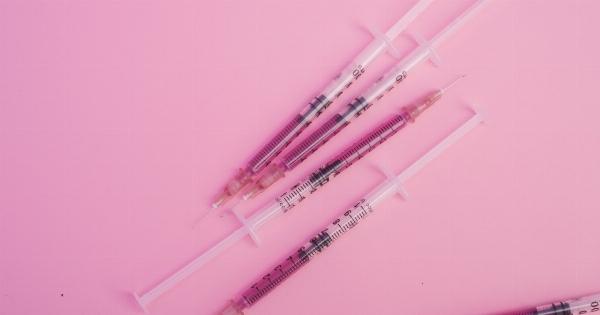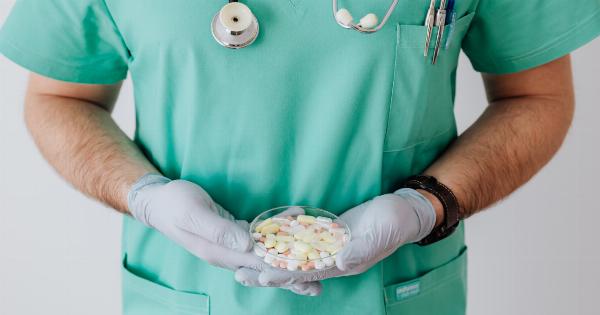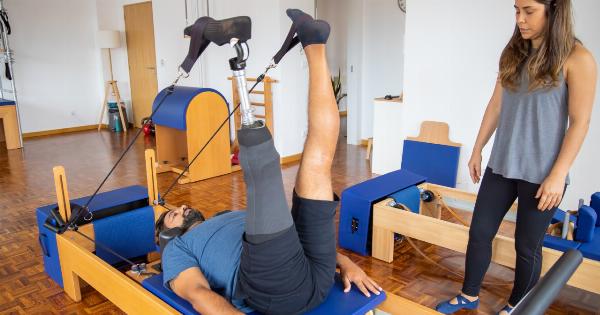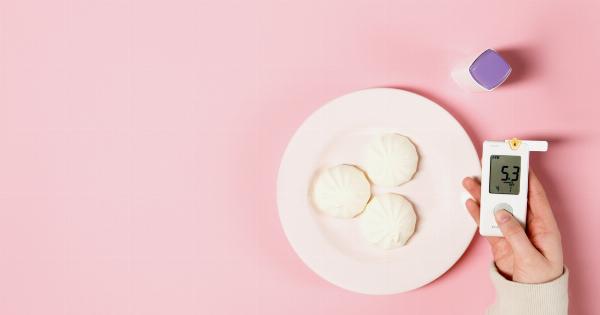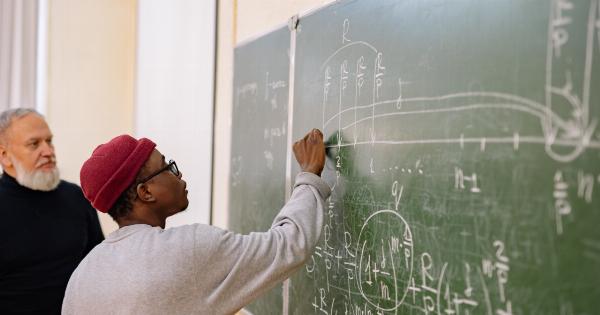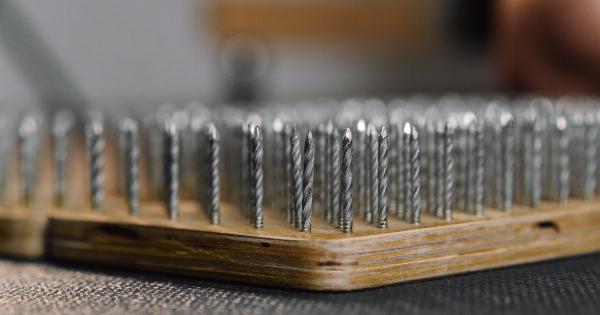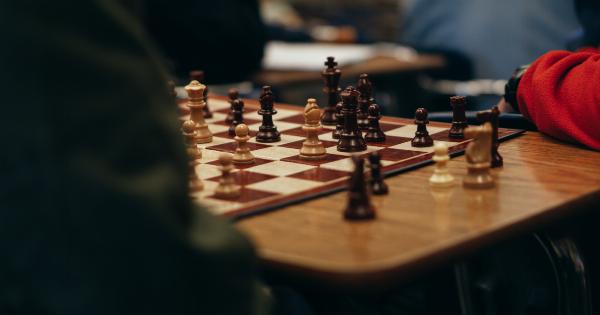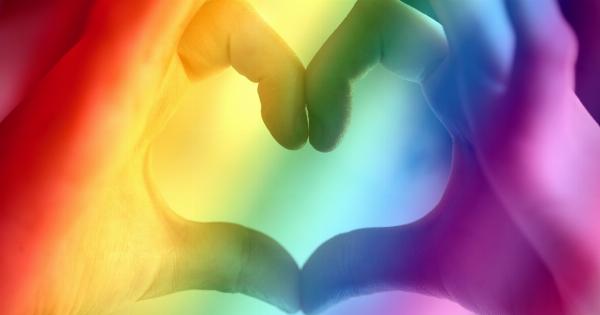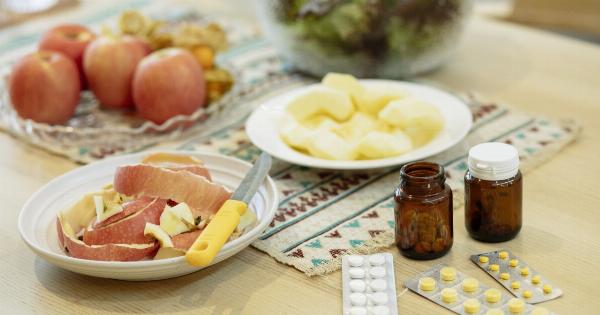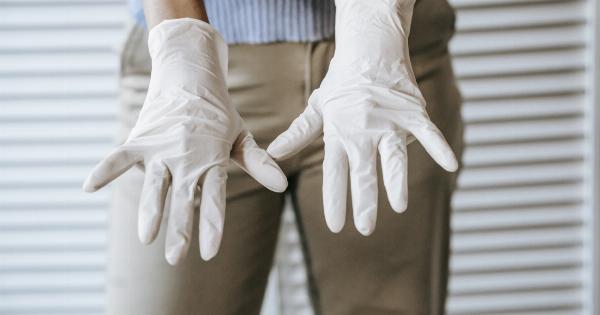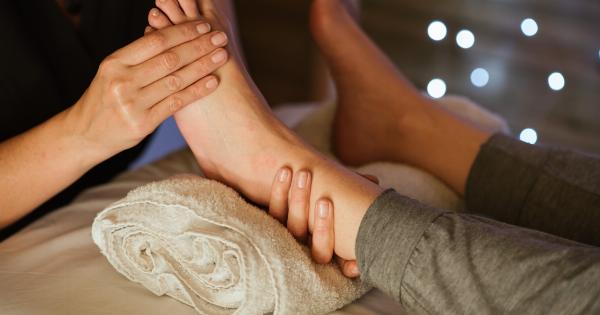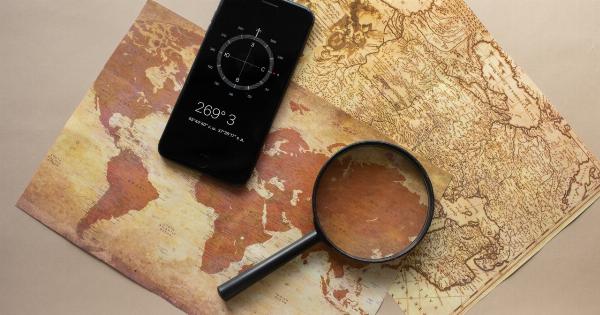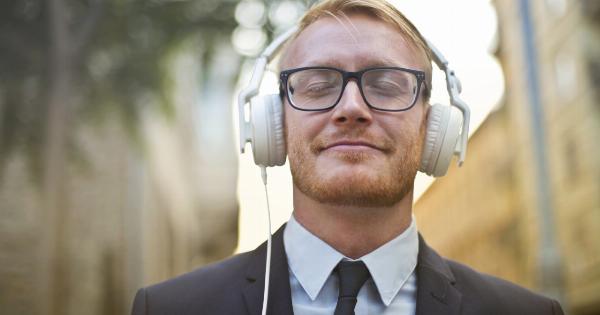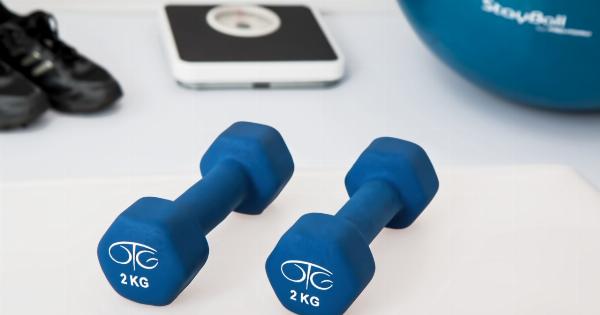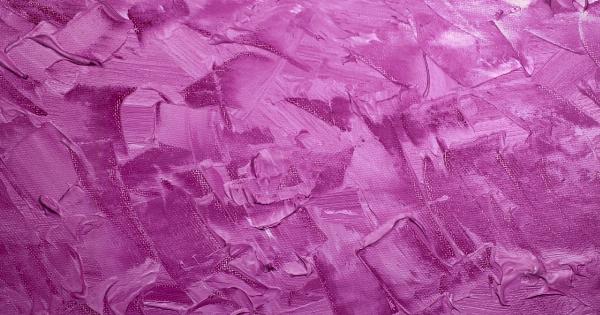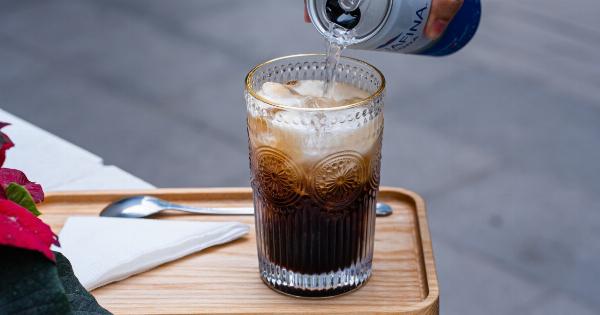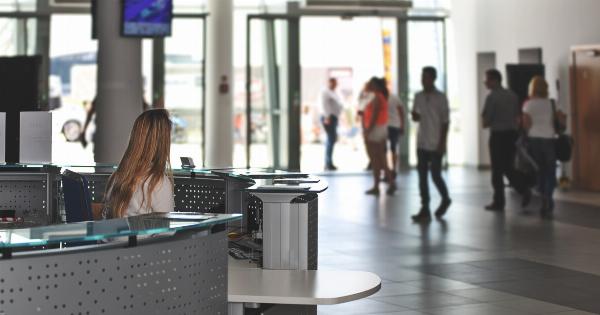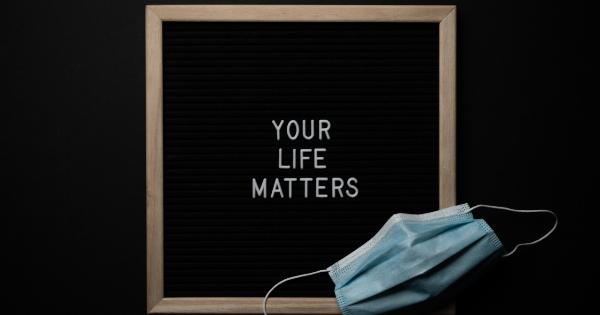Recovering from a stroke can be a challenging and overwhelming process. Stroke is a medical condition that occurs when the blood supply to the brain is interrupted, either due to a blockage or a rupture in a blood vessel.
The immediate aftermath of a stroke can leave individuals with physical, cognitive, and emotional impairments. However, with the right strategies and support, it is possible to make significant progress in regaining lost abilities and improving overall quality of life.
1. Physical Rehabilitation
Physical rehabilitation is a critical aspect of stroke recovery. It involves various therapies that aim to restore movement, strength, and coordination. The goal is to regain as much independence as possible.
Physical therapy typically focuses on exercises and activities that target affected limbs, improve balance, and enhance mobility.
Occupational therapy, on the other hand, focuses on helping stroke survivors relearn how to perform daily activities and regain skills necessary for independent living. This may include tasks like dressing, eating, and bathing.
Assistive devices and adaptive strategies may also be incorporated to facilitate these activities.
2. Speech and Language Therapy
Stroke can often result in communication difficulties, such as aphasia, which affects a person’s ability to understand and use language. Speech and language therapy (SLT) is designed to address these challenges.
SLT includes exercises and techniques to improve speech articulation, language comprehension, and expression.
Therapists may use various strategies, such as repetition, picture cues, and word associations, to help stroke survivors regain their verbal abilities.
Additionally, alternative communication methods, such as the use of communication boards or devices, may be introduced to overcome severe language impairments.
3. Cognitive Rehabilitation
Following a stroke, individuals may experience cognitive impairments, including difficulties with memory, attention, problem-solving, and decision-making.
Cognitive rehabilitation aims to improve these functions through targeted exercises and strategies.
Therapists work with stroke survivors to develop compensatory techniques and improve cognitive skills. Mental exercises, puzzles, memory aids, and computer-based programs are often utilized to enhance cognitive abilities.
Additionally, therapists may provide guidance on how to manage daily activities and develop routines that promote cognitive functioning.
4. Emotional Support
Dealing with the emotional aftermath of a stroke is just as important as addressing physical and cognitive challenges. Stroke survivors may experience a range of emotions, including frustration, sadness, anger, and anxiety.
It is crucial to seek emotional support from professionals, family, and friends.
Psychotherapy, counseling, and support groups can offer a safe space to express feelings and develop coping strategies.
A mental health professional can help stroke survivors navigate the emotional impact of the stroke, manage stress, and work towards a positive mindset.
5. Healthy Lifestyle Choices
Adopting healthy lifestyle choices can promote stroke recovery and minimize the risk of future strokes. This includes maintaining a balanced diet, engaging in regular physical exercise, getting sufficient sleep, and managing stress levels.
A healthy diet rich in fruits, vegetables, whole grains, and lean proteins can provide essential nutrients for optimal brain function and overall well-being.
Physical exercise, as recommended by healthcare professionals, can improve cardiovascular health and promote physical strength.
6. Medication and Medical Support
Following a stroke, healthcare professionals may prescribe medications to manage underlying conditions that contributed to the stroke or to prevent future strokes.
It is crucial to follow the prescribed medication regimen and attend regular follow-up appointments to monitor progress and address any concerns.
Additionally, medical support such as regular check-ups, blood pressure monitoring, and cholesterol management are essential to reduce the risk of recurrent strokes and manage overall health.
7. Assistive Devices and Technology
Assistive devices and technology can significantly enhance independence and quality of life for stroke survivors.
These may include devices to aid with mobility, such as canes or walkers, as well as devices that assist with communication, such as speech-generating devices or smartphone applications.
Other helpful technologies include devices for home safety, medication reminders, and adaptive tools for daily activities.
Occupational therapists and other healthcare professionals can assess individual needs and recommend appropriate assistive devices and technologies.
8. Social Support and Engagement
Recovering from a stroke can be a long and challenging journey, and having a strong support system is crucial. Family, friends, and support groups can provide emotional support, encouragement, and motivation.
Engaging in social activities and hobbies is also beneficial for stroke survivors. Participation in community groups, recreational activities, or volunteer work can help reduce feelings of isolation and improve overall well-being.
Social engagement can also provide opportunities to practice newly acquired skills and build confidence.
9. Setting Realistic Goals
Setting realistic goals is an essential part of the recovery process. Stroke survivors should work closely with their healthcare team to identify specific goals that are meaningful and achievable.
Breaking down larger goals into smaller, manageable tasks can provide a sense of progress and accomplishment. Regularly reassessing and adjusting goals as recovery progresses is vital to maintain motivation and focus.
10. Persistence and Patience
Recovering from a stroke takes time, effort, and patience. Progress may be slow, and setbacks are common. It is important to stay motivated and persevere through the challenges.
By maintaining a positive mindset and remaining dedicated to the recovery process, stroke survivors can continue to make strides towards greater independence and overall well-being.


